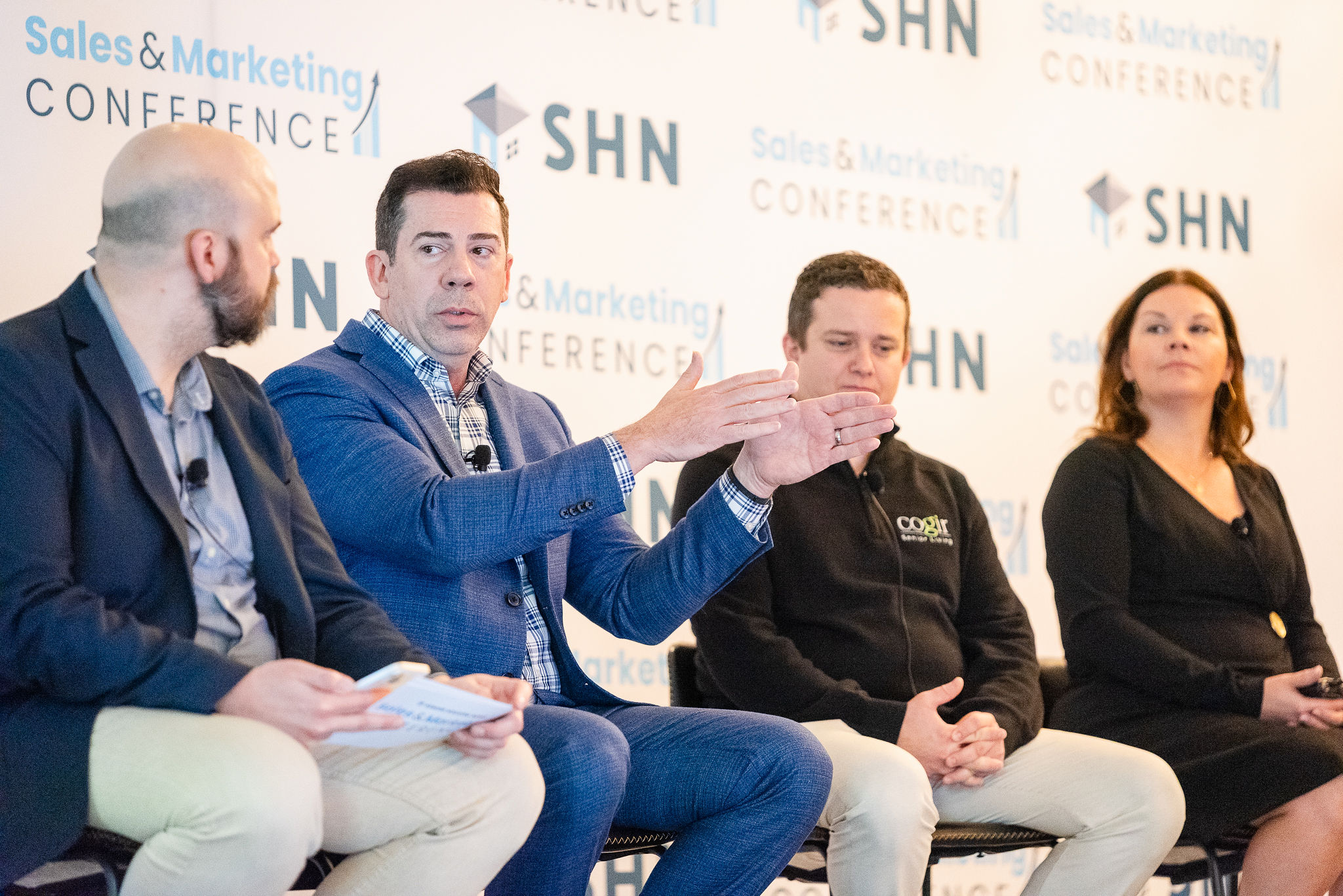‘real Estate Insiders’ Explore Co-ownership As A Housing Affordability Solution

In a new episode of the ‘Real Estate Insiders Unfiltered Podcast,’ co-hosts James Dwiggins and Keith Robinson sit down with Austin Allison, co-founder and CEO of Pacaso, to explore housing market challenges, Pacaso’s co-ownership model and potential solutions to affordability issues.
This conversation has been edited for length and clarity. To start the conversation, Allison explores Pacaso’s progress over the past five years since its launch.
Allison: One of my favorite quotes is, “Sometimes it’s better to be lucky than smart.” We were certainly lucky with respect to the timing in which we started Pacaso. Interest rates were low. There was also a lot of COVID tailwind, as I describe it, meaning people wanted to get out of their primary home and buy a vacation home.
Robinson: As someone who is one of the best experts on fractional ownership, do you think fractional ownership is a solution to less affordable housing?
Allison: Co-ownership is already part of the affordability solution. The reason we have an affordability problem, to just boil it down to the simplest explanation, is because we have more demand than supply. The only two ways to alleviate pressure on housing affordability is to build more supply or make better use of the supply that we have.
Co-ownership of luxury vacation homes is carpooling for second homes. Instead of having eight people buying up median-priced homes in a second-home community, you have eight people sharing a luxury home, creating more opportunity for the local workforce.
Robinson: What do you think the bigger hurdle is: Americans’ thoughts around homeownership — because we don’t normally think of communal living, right? — or just this economic structure and having a marketplace?
Allison: I think it’s largely about human resistance to change. Humans tend to gravitate toward things and spaces that are comfortable and familiar. At some point in time, condominiums didn’t exist as a thing, right? We got to a point in cities where we had to build up because we just ran out of land. I think that co-ownership will be as commonplace as condominiums in a big city 20 years from now.
Dwiggins: Have you looked at what the total addressable market (TAM) is on this?
Allison: The way that I think about the potential of the TAM is by looking at the number of people focused on vacation homes. So, in our case, we look at the number of people who have discretionary income and savings who are interested in owning a vacation home, and that number in the U.S. alone is north of 20 million families.
To end the conversation, Allison offers direct advice to agents and brokers heading into 2025.
Allison: I would be thinking about creative tools in the toolkit that I could offer to my clients to add value and facilitate transactions. If they’re in a vacation-home market, they could be introducing co-ownership as an option for their buyers who have a $5 million appetite, but a $1 million budget. For sellers who want to get some liquidity out of their home, they don’t need 100% of it.


